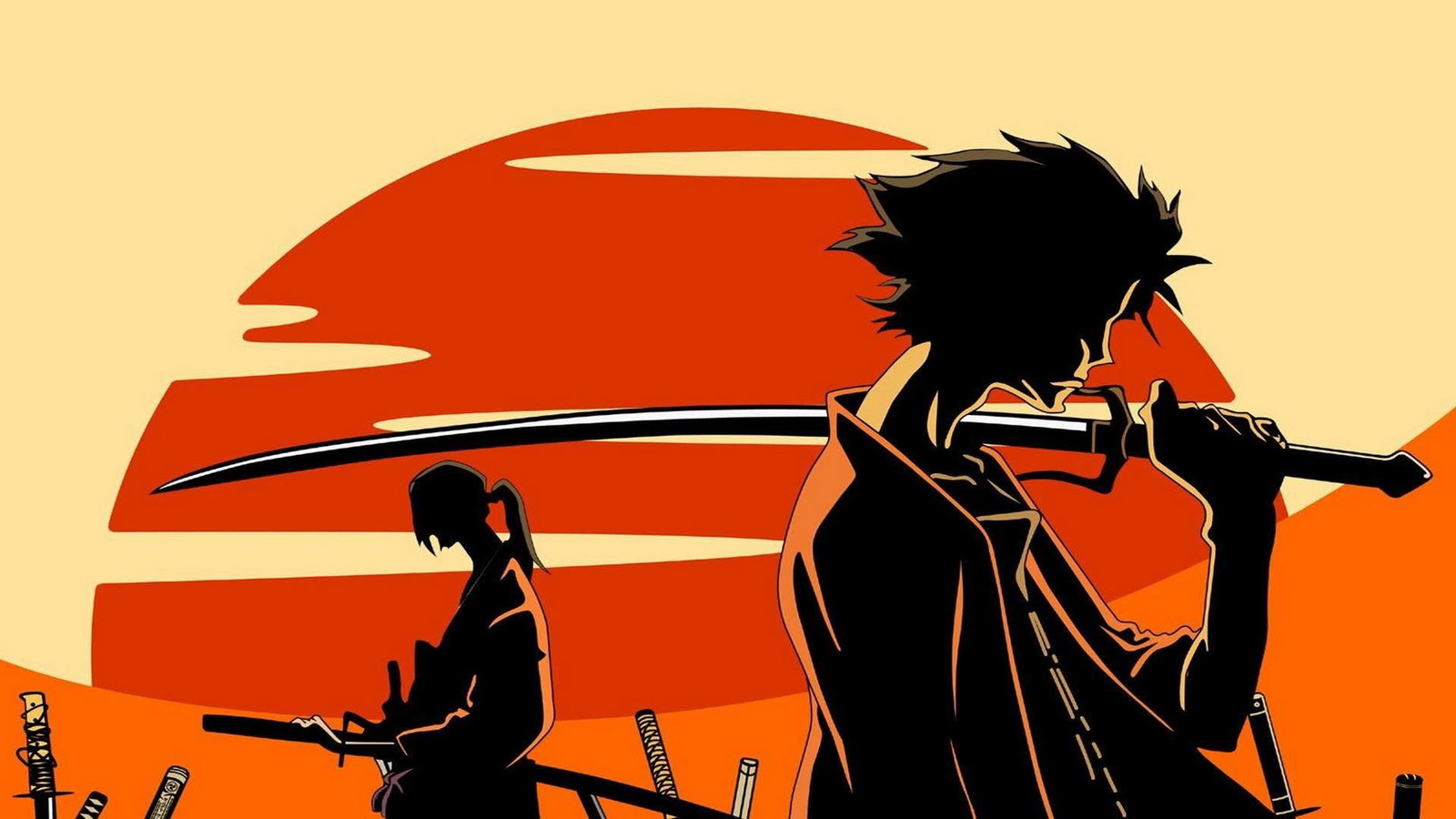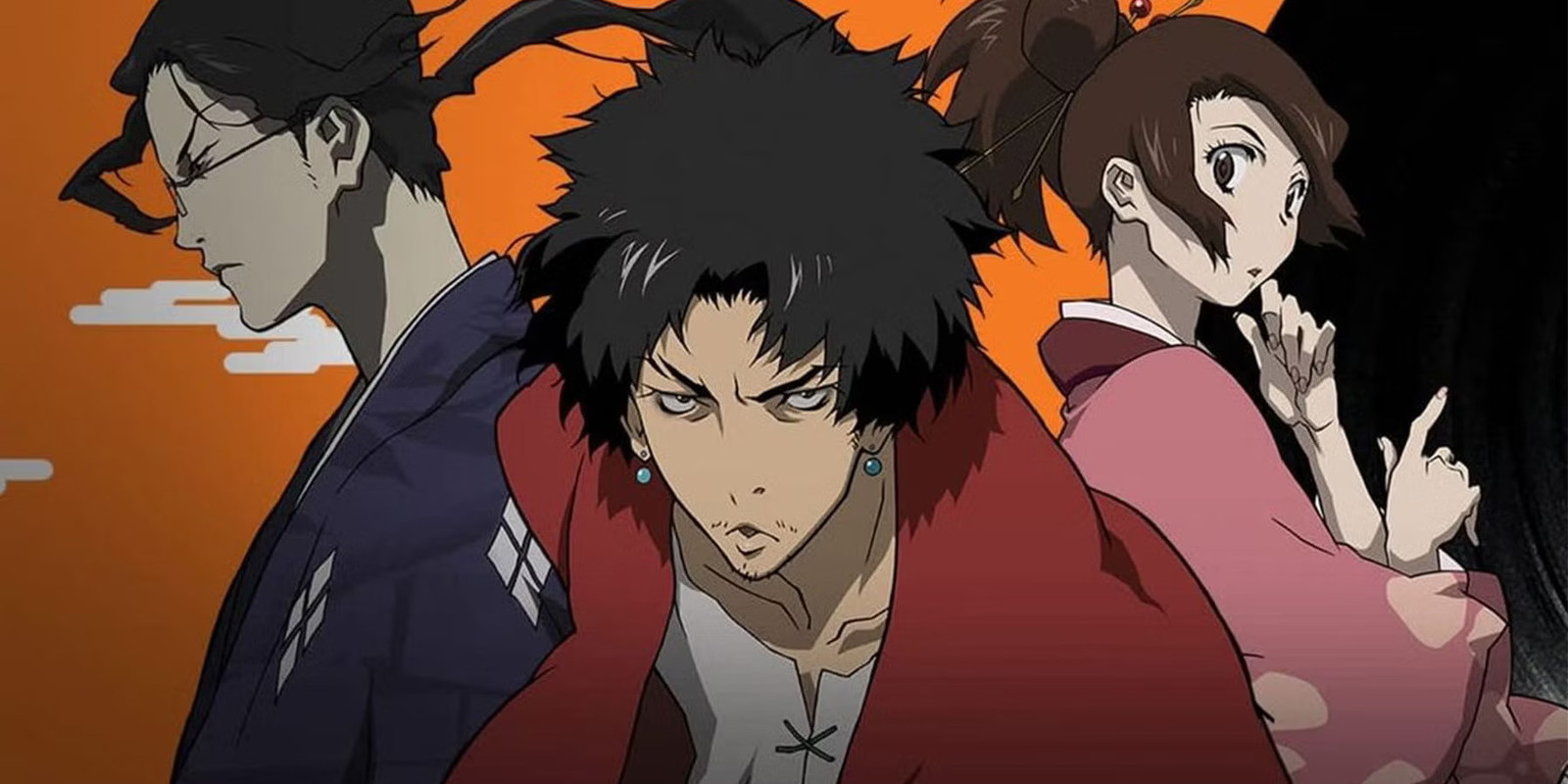Director Shinichirō Watanabe is mostly known for his classic anime series Cowboy Bebop, and fans might not know this, but Watanabe has also created the underrated Samurai Champloo. The story follows the adventures of tea waitress Fuu, drifter fugitive Mugen, and Ronin Jin as they go on a search for a samurai who smells like flowers.

The 26-episode series aired from May 2004 to March 2005 and explored multiple themes and settings, like the Edo period, which focused on the Samurais, the struggles of minorities, and the portrayal of death. However, the main focus of the story was the combination of samurai and hip-hop, which held a special place in the music of the series.
The scriptwriter of Samurai Champloo, Dai Sato, once revealed the reason behind the special focus of the series on hip-hop culture and how it helped in the overall success of the series. The incorporation of hip-hop into a series from the Edo period made the series more compelling to the audience, which followed the previous work of Watanabe.
Dai Sato Explains the Diversity of Minorities in Samurai Champloo
In 2009, Sato gave an interview to Mechadamia, where he was asked about the influence of Western countries on the anime series and how it incorporated such different elements together, particularly looking at racial issues. Sato explained that the main focus of the story is to portray a minority culture to the fans.
Sato stated:
People asked me why we portrayed a ’Black’ culture rather than samurai (in Samurai Champloo), and I said that it is a story about a minority culture. ’Hip-hop’ is minority culture and the members of Champloos were a counter- or minority culture in the perspective of that time as well. So connecting them created some cultural meaning.


According to the scriptwriter, the main characters of Samurai Champloo, Jin, Mugen, and Fuu represent the minority of the Edo time period in the series. And when they were linked to the minority culture of hip-hop, it created a new blend that was liked by the fans. It was a combination of minorities from the Edo period and recent times.
The Blend of Hip-Hop Music and the Adventures of Samurai
The entire hip-hop element of Samurai Champloo was incorporated into the music of the series. The majority of the music of Samurai Champloo was created and composed by Shinji “Tsutchie” Tsuchida of Shakkazombie, Fat Jon, Nujabes, and Force of Nature, with other artists also contributing to the opening and ending themes.


When the series was released, Shinichirō Watanabe was heavily inspired by 90s hip-hop music, which had a relaxing tone and was a representation of minority culture. Thus, he decided to create something new by using it in Samurai Champloo as a representation of minority culture. It was a unique idea and was liked by a lot of anime fans.
The blend of hip-hop with Okinawa culture from the Edo period makes it a perfect representation of the minority community from two different parts of the world and also from two different time periods.
You can watch Samurai Champloo on Hulu.


